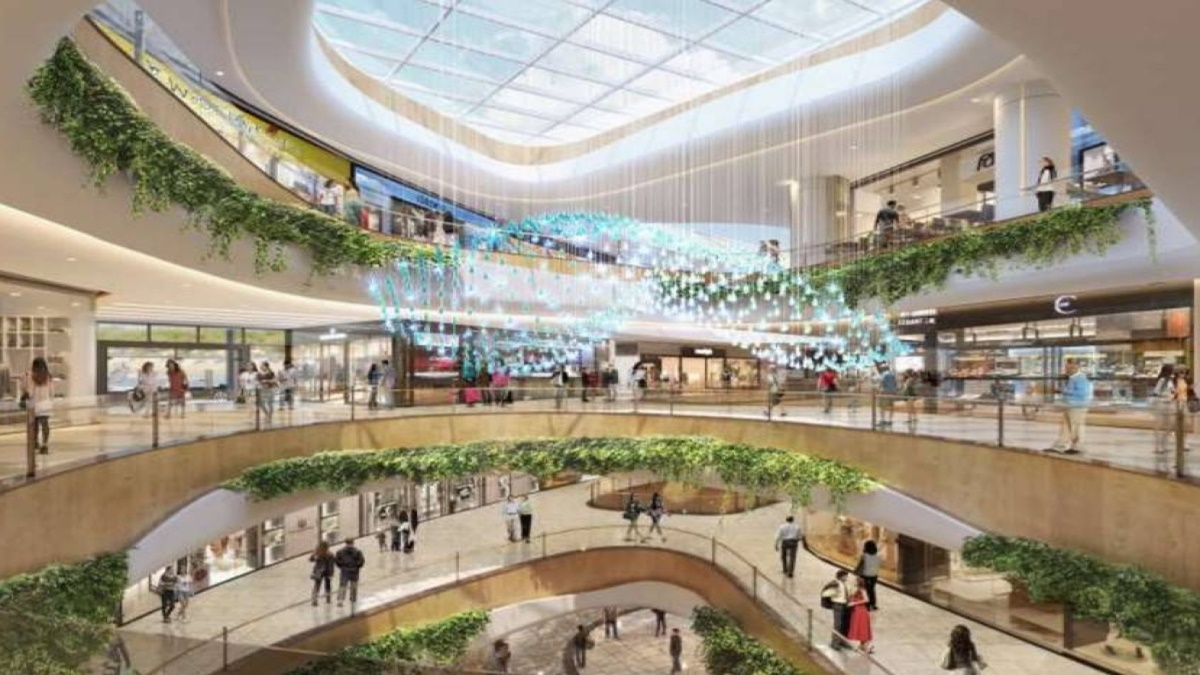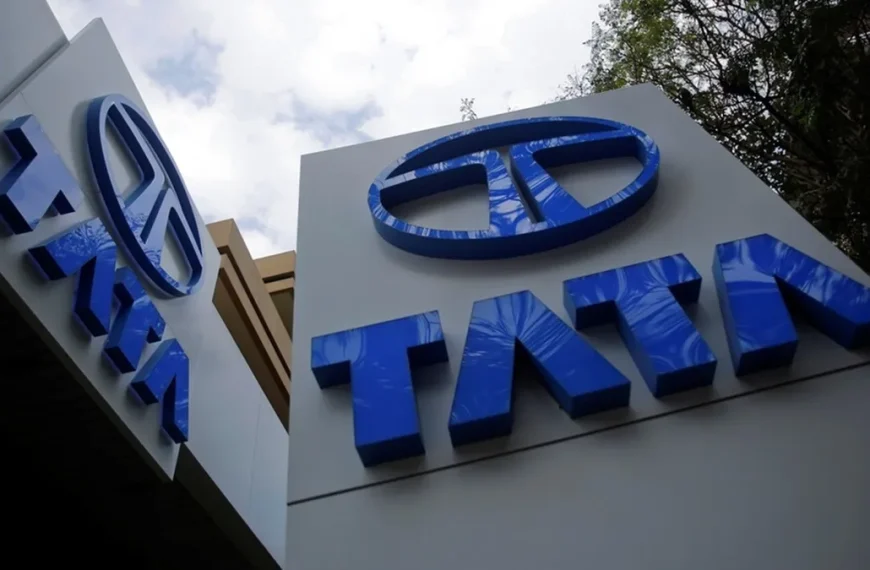Exciting times are ahead for metro cities in India as a significant surge in mall development is on the horizon. According to a recent report by ANAROCK Research, approximately 16.6 million square feet of top-tier mall space is projected to be completed in the leading seven metropolitan areas by 2025 and 2026. Notably, Delhi NCR and Hyderabad will contribute around 65% of this new space, reflecting a dynamic shift in retail landscapes.
Rapid Growth of Grade A Malls
The expansion of grade A malls in urban centers is accelerating dramatically. In 2020, the total leasing space for grade A malls was only 6.5 million square feet, with a mere 1.1 million square feet being newly introduced. Fast forward to 2022 and 2023, and the new supply jumped significantly to 2.6 million and 5.3 million square feet, respectively. This trend signals a robust growth trajectory in organized retail spaces.
Concerns Over Supply and Demand
Despite the impressive growth figures, experts are expressing concerns regarding potential oversupply and widening supply-demand gaps. The ANAROCK Research report highlights that while new mall space is booming, the demand gap is expected to widen slightly due to the simultaneous increase in organized retail offerings.
- 2021 Vacancy Rate: Approximately 15%
- 2023 Vacancy Rate: Reduced to 9%
- 2024 Vacancy Rate: Further decreased to 8%
- Projected 2025-2026 Vacancy Rates: Anticipated to rise to 8.2% and 8.5%, respectively
Insights from Industry Leaders
Anul Kejriwal, CEO and MD of ANAROCK Retail, emphasizes that the robust leasing activity is largely driven by the entry of over 60 international retail brands into the Indian market in the past four years. These brands span various categories, including fashion, electronics, lifestyle, and food and beverages. The influx of these retailers has significantly boosted the demand for premium organized retail spaces, particularly in high-traffic areas such as malls and bustling shopping streets.
E-commerce and Its Impact on Mall Footfall
While new mall developments are rolling out in metro cities, there is growing apprehension regarding how e-commerce might influence foot traffic in these retail hubs. The increasing popularity of online shopping could potentially impact mall revenues, raising important questions for the future of the real estate sector in urban retail markets.
In summary, as metro cities brace for a mall boom, balancing supply with demand will be crucial in navigating the evolving retail landscape. The coming years will reveal how these trends unfold, particularly in the face of burgeoning e-commerce.











